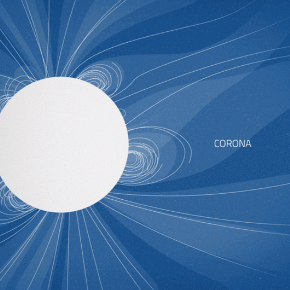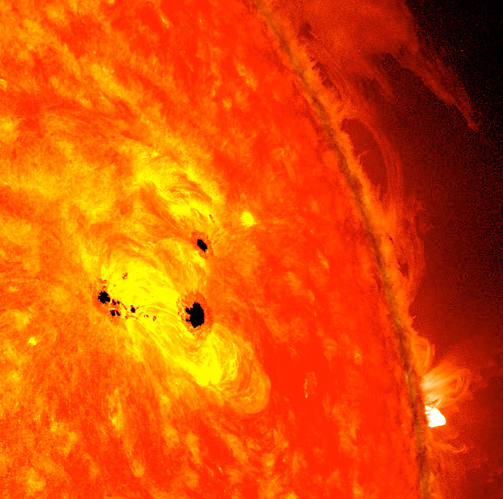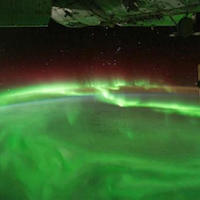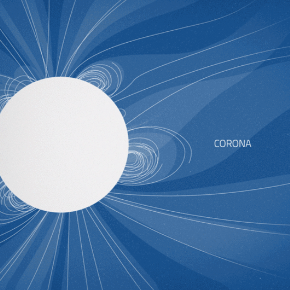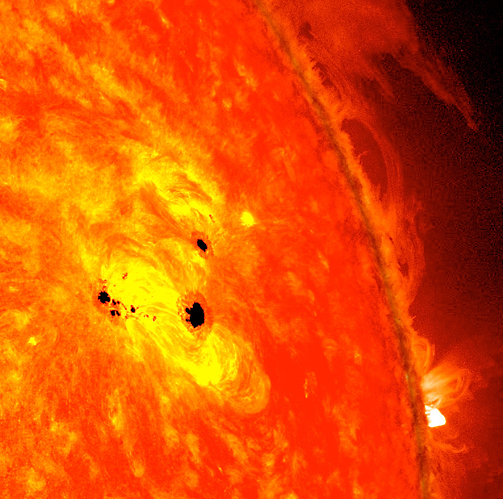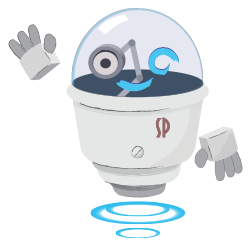
Activity on the Sun’s surface creates a type of weather called space weather. The Sun is really far away—about 93 million miles (150 million kilometers)—from Earth. However, space weather can affect Earth and the rest of the solar system. At its worst, it can even damage satellites and cause electrical blackouts on Earth!
This video shows a solar flare on Sept. 10, 2017 as observed by NASA's Solar Dynamics Observatory. The static at about 24 seconds into the video is caused by particles from the Sun striking the instrument. Credits: NASA/Goddard/SDO
How can space weather travel all the way to Earth?
The Sun is always spewing gas and particles into space. This stream of particles is known as the solar wind. The gas and particles come from the Sun’s hot outer atmosphere, called the corona. These particles from the corona are charged with electricity. The solar wind carries these particles toward Earth at up to a million miles per hour!
What protects us from space weather?
Earth has an area of magnetic force activity, called a magnetic field. It is also surrounded by a jacket of gases, called an atmosphere. Our magnetic field and atmosphere act like a superhero’s shield, protecting us from the majority of the solar wind blast.
Most of the charged particles crash into Earth’s shield and flow around it. The particles squish and flatten the side of the magnetic field that faces the Sun. The other side of the magnetic field stretches into a long, trailing tail.
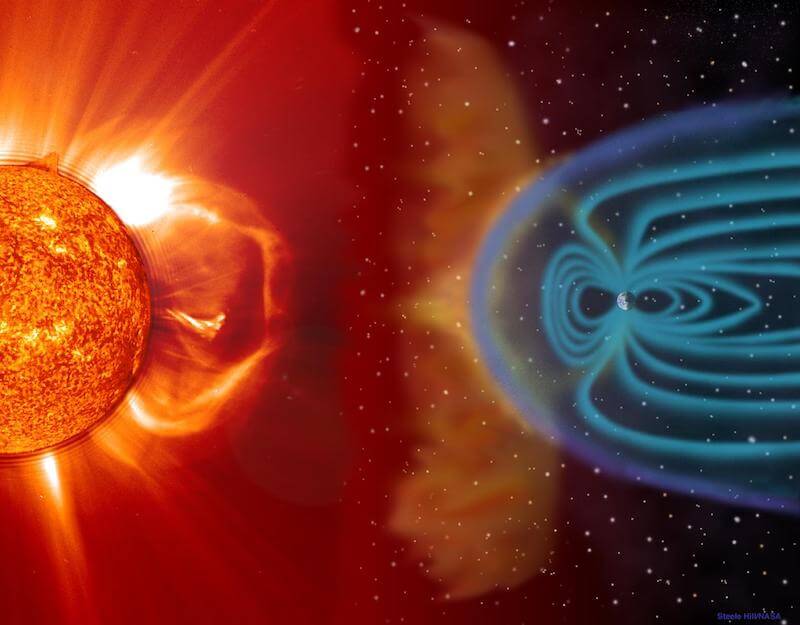
In this image, the blue lines represent the shield created by Earth’s magnetic field. Notice how the solar wind shapes the magnetic field. Credit: SOHO (ESA & NASA)
Sometimes charged particles sneak past Earth’s shield. When these particles hit the atmosphere, we are treated to glowing light shows known as auroras.
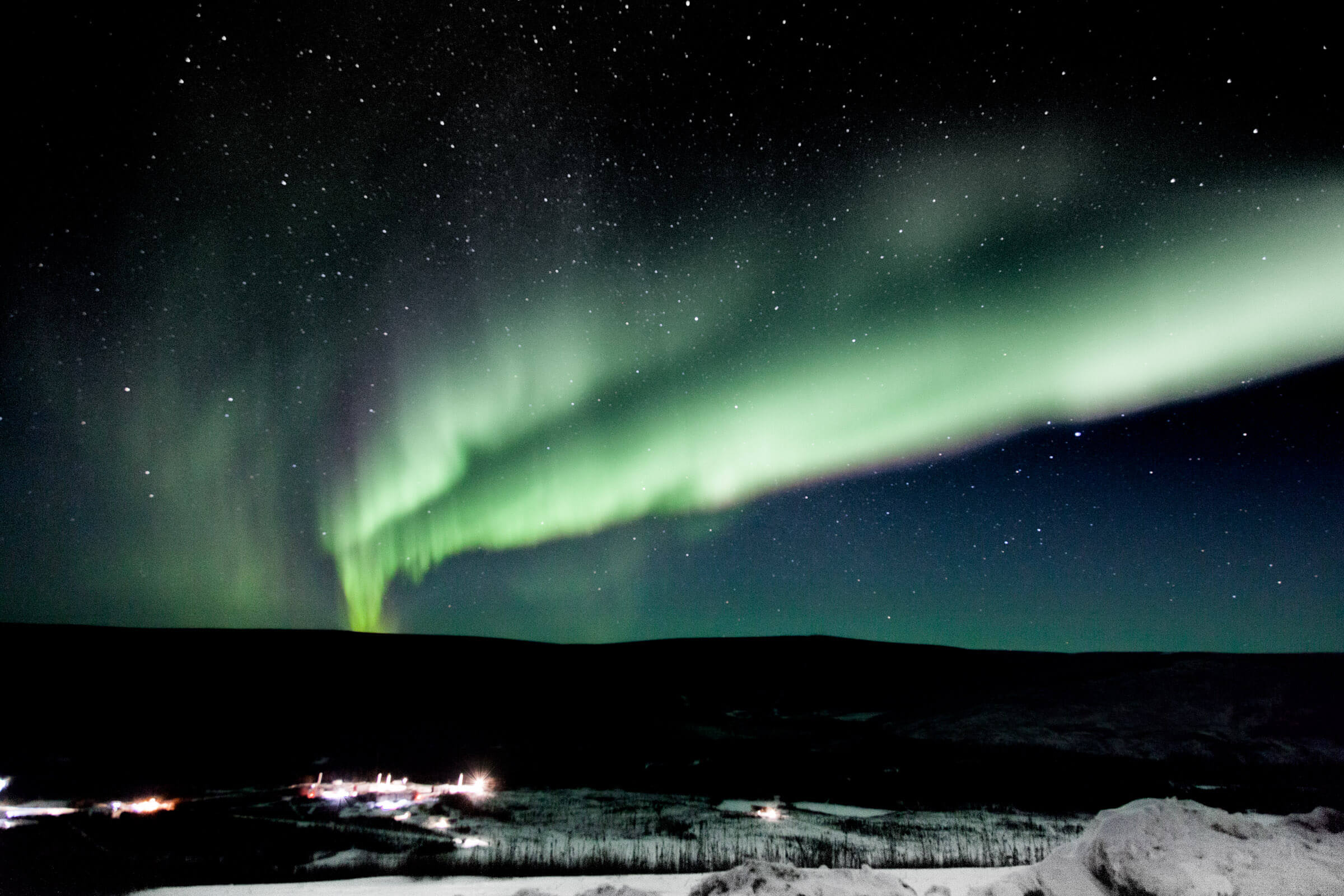
Auroras, seen here over Alaska. Credit: NASA/Terry Zaperach
Can space weather be harmful?
Yes! Sometimes magnetic activity within the Sun causes intense solar storms. The solar wind gets much stronger during these storms. Strong solar winds can be dangerous.
During a solar storm, explosions called solar flares break out. Solar flares send tons of energy whizzing through space at the speed of light. Sometimes flares come with huge solar eruptions. These eruptions are called coronal mass ejections.
All of that extra radiation can damage the satellites we use for communications and navigation. It can disrupt power grids that provide our electricity. The radiation from solar storms can also be dangerous for astronauts in space.
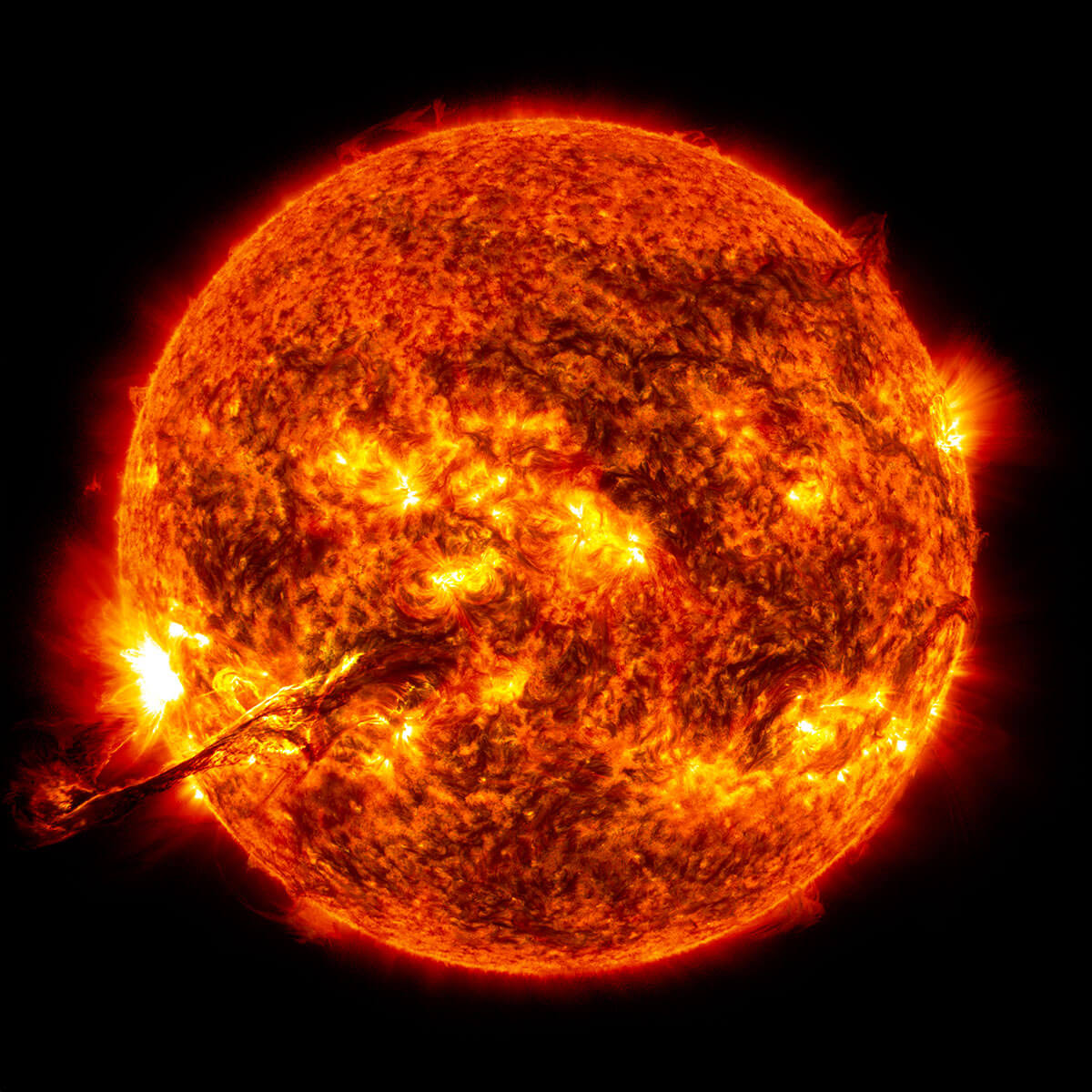
The long finger sticking out of the Sun at the bottom left of this image is a coronal mass ejection. It was captured by NASA’s Solar Dynamics Observatory on August 31, 2012. Credit: NASA/Goddard Space Flight Center
Do we have any warnings of bad space weather?
Solar storms happen suddenly, and their effects can reach Earth within minutes. But scientists do make predictions about when solar storms are likely to occur and how strong they will be. You can check the space weather forecast just like you might check the weather forecast.

Scientists use information from satellites to predict the solar weather forecast. Illustration credit: NASA/JPL-Caltech
NASA and other agencies operate a collection of instruments that keep an eye on the Sun and space weather.
For example, NASA’s Solar and Heliospheric Observatory (SOHO) observes coronal mass ejections. Other spacecraft, like the Solar Dynamics Observatory (SDO) and NOAA’s Geostationary Operational Environmental Satellite (GOES) R-series, monitor the Sun and detect solar storms and changes in the solar wind. They provide information that helps scientists to send alerts that can help prevent any damage.
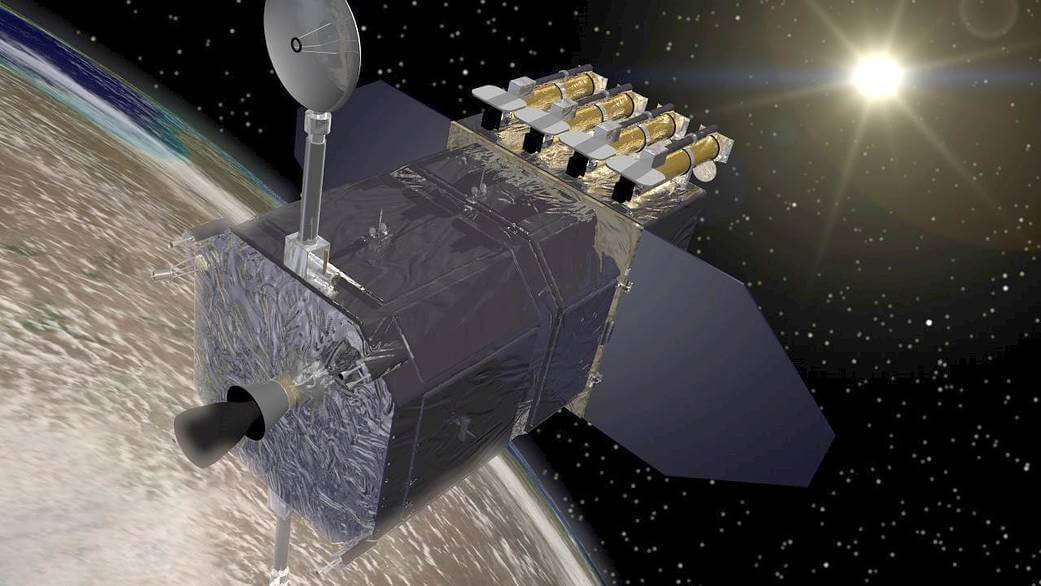
Artist’s concept of the Solar Dynamics Observatory. Credit: NASA/Goddard Space Flight Center Conceptual Image Lab
Related Resources for Educators
Our World: The Sun, A Real Star
Launchpad: Aurora Lights: Why They Exist and What Causes Them?
Our World: Two Eyes on the Sun
Real World: Satellites and Solar Eruptions



